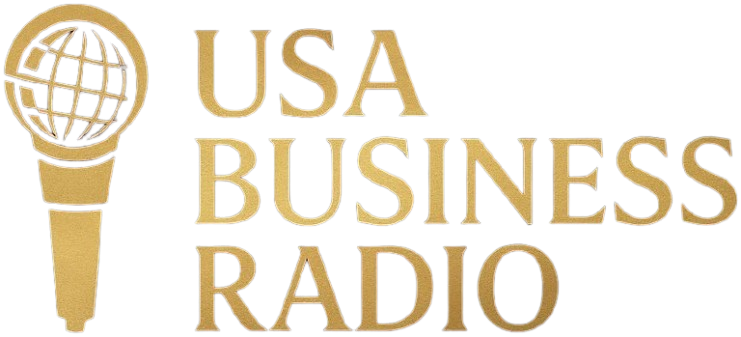By: Ruth King
Here’s a really easy way to tell if your financial statements are wrong: negative cash on your balance sheet.
Unfortunately, I see this too often.
You cannot have negative cash in the bank. That means the bank owes you money or your account is overdrawn. The bank doesn’t owe you money. And, if your account is overdrawn too often, you’ll experience huge check charge expenses and the bank will close your account.
Here’s a visual representation. Imagine the tank at the left is a tank of money rather than water. You have a spigot on top to add money through collections, sale of assets, a little interest on savings, a line of credit, etc. Money comes in through the spigot and the level of money in the tank rises.
There is a drain at the bottom of the tank. You pay your payroll, rent, suppliers, etc. and the level of money in the tank lowers.
There can never be less than a drop of money in the tank. Negative money is NOT possible.
So, how do you get negative cash on your balance sheet?
The most common way is for bookkeepers to print out all the payables due and hold the checks until there is money to pay the bills. At the end of the month the bookkeeper is still holding checks.
Your accounting system doesn’t care. It just requires debits match credits. The bookkeeper has paid the bill and the accounting system takes the cash to pay the bill – whether or not there is sufficient cash to cover the bill.
Never write a check unless there is money in the account to cover the payment. This will eliminate negative cash on your balance sheet.
The unfortunate second way this happens is through embezzlement. You don’t pay attention to your balance sheet and question why there is negative cash.
It’s easy to hide unauthorized payments to anyone this way. Someone can write a check out of Quickbooks, print it, and delete it in the software. Yet, it is a printed check that can be cashed. When the bank statement is reconciled (which it should be monthly) the cash balance on the balance sheet should be negative. If you don’t see the reconciliation report, you have no idea whether it was reconciled properly and the numbers match the balance sheet.
In addition, owners should sign all checks. Unless the check is forged or written to a similar sounding company that you don’t catch when you sign it (which is a possibility), a bookkeeper could not embezzle this way because you would question the check. Similar sounding names would be, for example, ABC Company and ABC Corporation – potentially two different companies – one owned by the embezzler.
Ruth King is known globally as the “Profitability Master,” and is a a thought leader in entrepreneurship and business. Her books have been recognized as among the greatest in numerous industries. Learn more about all her business activities here.




